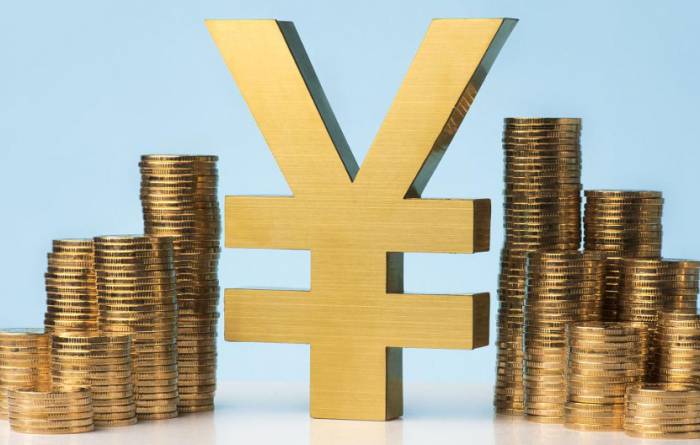Innovation & Reform: Stabilizing Foreign Trade Growth
The global trade landscape is continuously evolving, and the recent shifts in China’s export rebate policies have positioned the nation on the brink of a significant transformation. In a world where adaptability is key, China demonstrates its resolve to achieve high-quality growth in foreign trade. It does so by not only modifying existing export rebate systems but also by simultaneously launching measures to stabilize trade growth. These dual strategies act as a solid foundation, preparing for both immediate challenges and long-term aspirations in the international market.
On November 15, 2023, the Chinese government made headlines by announcing extensive changes to export rebate policies. Starting December 1, 2024, the Ministry of Finance and the State Administration of Taxation disclosed that the rebates on 59 products, including aluminum and copper, would be completely eradicated. Moreover, for 229 other items, such as photovoltaic materials and certain non-metal mineral products, the rebate rate would decrease from 13% to 9%. This bold move drew a keen interest from the global economic community, spotlighting China’s adaptive strategies in response to prevailing market conditions.
Advertisement
Just days later, on November 21, further strategies were unveiled to bolster the stability and growth of foreign trade. Through nine distinct measures, which range from expanding export credit insurance to enhancing financial support and optimizing cross-border trade settlements, stakeholders eagerly anticipated the government’s comprehensive approach to sustaining trade vitality.
The responses inflicted by these significant policy changes vary among market stakeholders. Many industry experts view them as a balanced approach that addresses the current needs of export enterprises while also promoting the cultivation of new trade-driving dynamics. It is akin to a patient receiving two prescriptions from a traditional Chinese medicine practitioner: one focuses on dispelling wind and alleviating symptoms, while the other aims to bolster the body’s foundations. This dual approach strengthens the “bones and muscles” of the foreign trade sector, preparing it for both immediate and future demands.
To fully grasp the implications of these policies, one must understand the historical context of export rebates in China. Introduced in 1985 as a means to prevent double taxation, export rebates have been integral to the nation’s burgeoning foreign trade sector, evolving from small-scale exports to becoming a major global player. This framework allowed businesses to operate competitively on the international stage, freeing them from undue tax burdens. Now, the adjustment and eventual reduction of these rebates reflects a new chapter in this story—one where sustainability and innovation take precedence over sheer volume.
Historically, adjustments to export rebate rates have served as tools for government intervention in industry dynamics. By manipulating these rates, authorities can either encourage development in certain sectors or constrain those deemed detrimental to environmental health or global trade relations. In this latest round of adjustments, high-energy-consuming and heavily polluting products became the focal point for rebate reductions—a move that aligns with global trends favoring sustainable practices and reducing trade friction.
However, the impact on businesses accustomed to the financial cushion provided by export rebates cannot be overstated. The elimination of rebates means a natural increase in export prices for these goods, resulting in potential challenges to competitiveness in international markets. While this may lead to a temporary contraction in export volumes, it is worth noting that the fundamental drivers of demand will still rest on whether these products can maintain a unique value proposition or competitive edge. As long as Chinese exports retain their irreplaceable qualities, overseas demand will likely persist.

The timing of such policy shifts reveals a strategic response to ongoing trade tensions, particularly from Western nations pursuing anti-subsidy investigations and erecting artificial trade barriers. These measures compel domestic businesses to accelerate their transformation and upgrade their production capabilities. As the rebate policy is enforced, it will necessitate that less efficient and outdated industries either adapt or exit the scene altogether—a market shake-up that promises to enhance the overall resource allocation within the economy. With stronger firms rising to the occasion, the expectation is that productivity and innovation will flourish, solidifying China's position within the global supply chain.
Consider the adjustments to export rebates as a parting of old practices—an important "breaking" point in the country's trade history. In tandem, the introduction of stability-focused measures marks a new beginning—an essential “building” phase that reinforces the integrity of high-quality foreign trade. Though these new policies are not purely reactive to the rebate adjustments, they offer a robust arsenal to help businesses navigate this newfound landscape, ensuring a smooth transition while accelerating transformation.
China's growth story in foreign trade is one of resilience forged in the face of market tempest. The nation fully understands that the adjustments to its export rebate system were inevitable. Rather than await the proverbial storm, it chose to brave the winds head-on. Echoing a sentiment shared by an influential entrepreneur in the past, “The world is changing; using skills from a decade ago to earn today’s wealth is becoming increasingly difficult.” This enduring truth is particularly relevant to China’s contemporary foreign trade environment as it embarks on this new journey of growth and sustainability.
post your comment